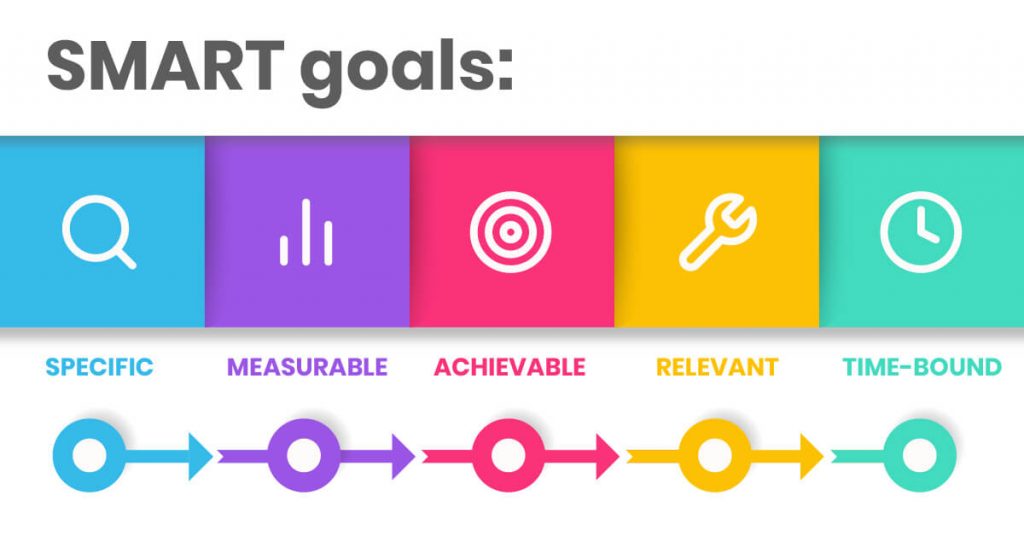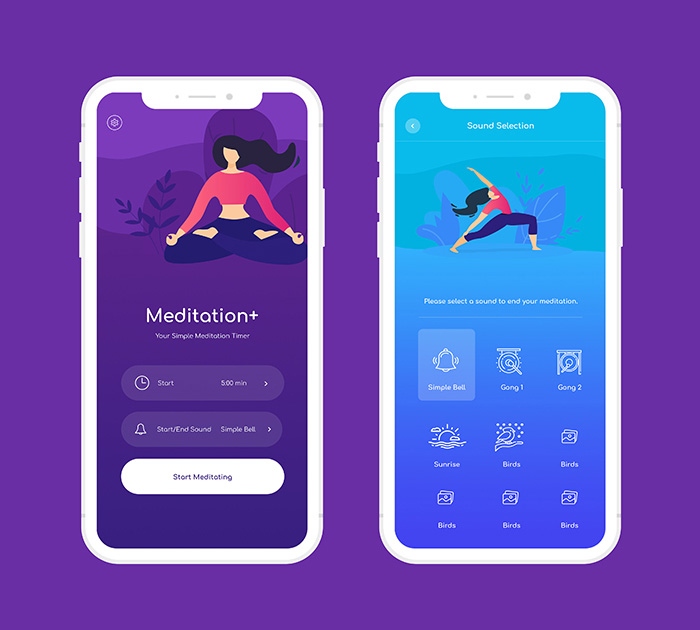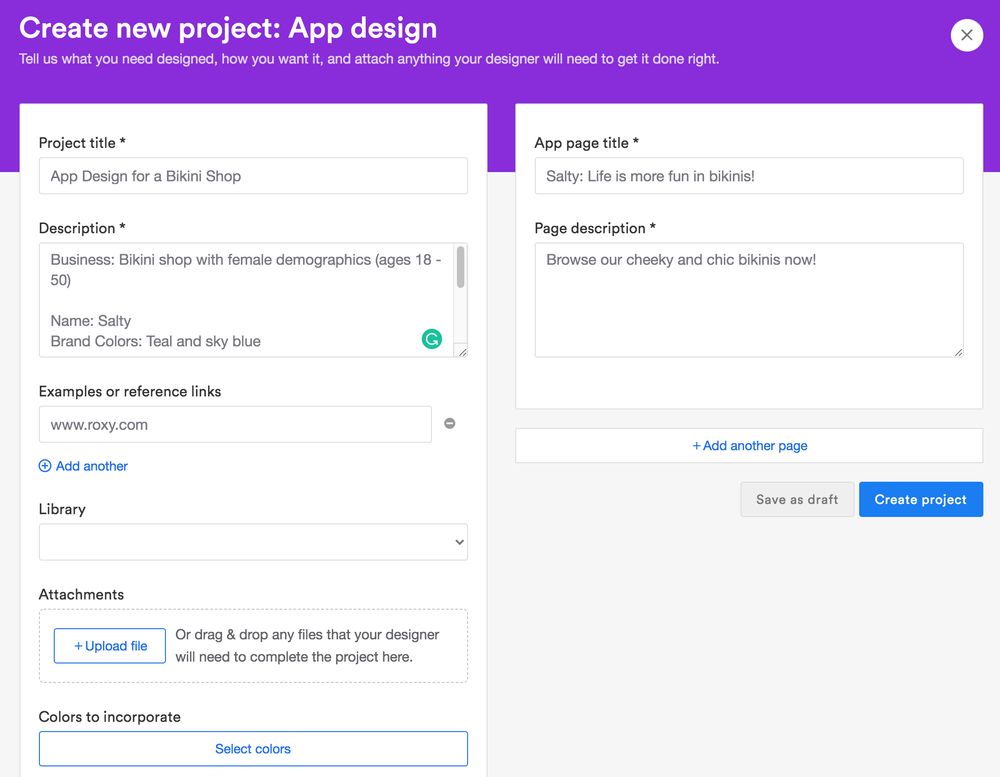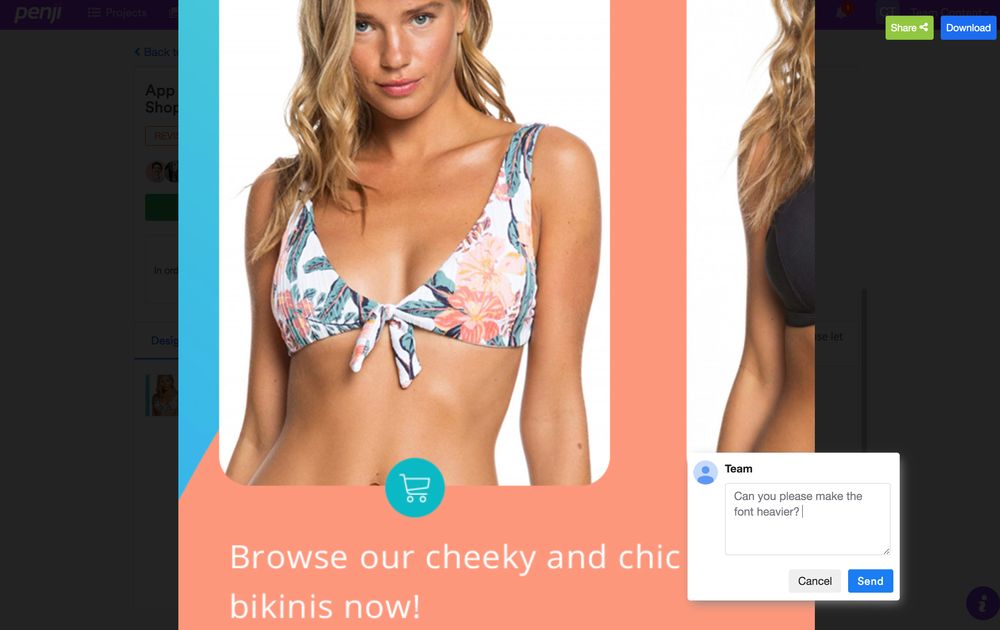
Whipping out random advertisement ideas won’t cut the mustard. In a visually-centric consumerist culture, your brand must creatively stand out to get noticed. And this is why building a creative strategy in advertising is a must. Hiring design experts like Penji can help with your creative strategy. But more importantly, including these eight simple elements will make your marketing plan a success.
1. SMART goals

Any marketing strategy without a goal will continuously be in an endless loop. Some marketers exert efforts in creating ads without even knowing when to stop or start the next campaign. Not knowing the proper goals and benchmarks means you’ll never know if you’ve reached a groundbreaking threshold in your strategy.
That being said, setting marketing goals from the get-go is imperative before every marketing campaign. Setting goals will also determine which direction your marketing plan should go and which channels to invest in.
In goal setting, marketers should always ensure they have SMART (Specific, Measurable, Achievable, Relevant, Time-Bound) goals. Let’s delve into each one.
Specific
Goals should be specified in detail to know which areas in your business need improvement. Identifying your goals will also enable you to target particular problems and grab opportunities for your business.
- Who is responsible for achieving this goal?
- What exactly do you want to achieve from the campaign?
- Where or which channel should you accomplish this goal from?
- When do you want to accomplish this goal?
- Why would you like to invest effort and money in this goal?
Measurable
Whether your goals are quantitative or qualitative, they must fit into a particular metric. This way, you’ll be able to track and monitor your progress. Not being able to do so leaves your marketing plan up in the air.
- How many outputs/leads/sales?
- How much dollar amount should you go for?
- What are your KPI indicators?
Achievable
Set goals that are challenging yet achievable. Experts say that if your goals aren’t daring enough to challenge your staff, then you better recalibrate. Make them break a leg when achieving the goals, but make it doable with continuous persistence and determination.
- Has anyone achieved this goal successfully before?
- What resources do you need to complete it?
- Do you have access to the right tools to achieve it?
- Do you have the right experts to carry out your plan?
Relevant
Goals are there to help the company forge forward. When running a business, problems such as low conversions or decreasing website traffic are usually addressed. That being said, your goals must align with these problems and solve them one way or another.
- Does the goal address an issue or problem in the business?
- How does the goal improve business operations?
- Does the goal impact the company and its employees in any way?
Time-bound
Being too lenient with your marketing plan leads to many delays and eventually, revenue loss. This is why running a tight ship should be of the essence. Whether you’re a startup or multinational corporation, the lack of target dates will be the death of your bottom line. Create a sense of urgency and set a start date and target date for your campaigns.
- Do you have a deadline?
- When is your deadline?
Examples of SMART goals:
- Social media — Boost Facebook engagement by 10 percent in 45 days by including animations on Facebook posts
- SEO — Rank keyword “graphic design in marketing” within two months by repurposing evergreen content
- Lead generation — Gather 1,000 emails by the end of the month by offering vouchers and promo codes
Related Post: How To Optimize Your Creative Strategy In 2020
2. Target Audience

Not knowing your target audience leads to failure in your marketing strategy. If you don’t know who to sell your products or services to, all your efforts will go down the drain. Determine who your potential buyers are so you’ll learn how to present your offers that appeal to them.
Persuading a kid about buying candy might be different when persuading an adult. Every audience belongs to a particular demographic or psychographic. Knowing these details gives you an upper hand in your creative strategy in advertising.
Determine your target audience by classifying them into different demographics. The most common data are:
- Age
- Gender
- Ethnicity
- Education
- Marital status
- Income
- Location
- Employment
- Social class
- Consumption habits
Example:
Men, 30 to 40 years old, living in New York, with a bachelor’s degree, a monthly salary of $7,000 – $8,000, and interested in sports and vehicles.
Once you know their demographics, create a buyer persona. A persona is your ideal consumer that is likely interested in your product or service. Creating a buyer persona would entail more data research, such as:
- Personality
- Lifestyle
- Interests
- Social network engagement
- Purchasing power
- Professional lifestyle
Example:
Kerby, 34, operations manager, lives in Los Angeles, California, has a bachelor’s degree in business management, has a small retail business selling sports equipment, belongs to the football team in LA, sports enthusiast and influencer with a sports vlog, partners with other sports influencers, very active more on Facebook and Instagram
Once you’ve figured out the types of people who are likely to buy your products, think about how your product can help them.
Put yourself in your audience’s shoes and figure out their pain points. Pain points are the day-to-day issues or problems they face. Now, jot down your product benefits and think about how these benefits can resolve their pain points.
3. SWOT Analysis

You can’t go into the battlefield without having the right weapons. For your creative strategy in advertising, knowing your business’s ins and outs and other external factors is vital to succeed.
Conducting a SWOT (Strengths, Weaknesses, Opportunities, Threats) analysis gives you a better perspective of how to position your offer. Plus, it lets you think of some techniques for tackling every aspect that impacts your business.
Strength refers to your organization’s strong points, while weaknesses refers to the weak points. Opportunities refer to every advantage that can grow your company, improve sales, or carry out your mission. Finally, threats are considered “risks” to your company, such as competitors or industry changes.
Here are some questions you need to ask when conducting a SWOT analysis:
Strengths:
- What is your company’s upper hand over your competitors?
- What do your customers like about your products or services?
- Describe your brand personality.
- What is your unique selling proposition?
- What can you offer to customers that your competitors can’t?
Weaknesses:
- Describe your negative brand attributes.
- What are some of the challenges that impact company growth?
- Why do some of your customers cancel or complain about your product or service?
- Read through the customer reviews and enumerate the common complaints.
- What can you do better as a company?
Opportunities:
- What external and internal changes will bring opportunities for your company?
- How can you improve every aspect of the business? (sales, customer support, etc.)
- What are the current ongoing trends, and how can you use them to benefit the company?
- How can you engage more with your current customers?
- What advertisements are reaching your goals?
- How can you use this success to gain more sales?
Threats:
- What are the ongoing market changes that impact your company negatively?
- Who are the newest and biggest competitors that challenge your company?
- Identify obstacles that hinder your company’s success.
- What political events, news, and changes are affecting your company?
- What are your employees’ usual complaints?
4. Positioning

The next element for your creative strategy in advertising is brand positioning. You want to put your brand in the best light possible. But that doesn’t only mean showcasing the tangible things like your product, logo, flyers, or promotional items. Brand positioning goes beyond that.
You want to convey your brand to your audience, so they remember it not only for your product or logo. But also the values, passion, and zeal behind the company. Brand positioning entails including these six components:
- Purpose — Show what your brand’s purpose is
- Consistency — Instill brand recognition by using the right colors, fonts, icons, etc.
- Emotion — Build relationships by using emotional marketing
- Flexibility — Adapt to new changes to continually build interest within your market
- Loyalty — Reward your current customers with simple actions
- Competitive analysis — Check out the competition and see how you can make your creative strategy in advertising better
5. Storytelling
Everyone loves listening to interesting stories. And brands should take advantage of this when building their creative strategy in advertising. Storytelling allows you to connect on a more personal and emotional level with your target audience.
Moreover, storytelling puts a nice twist on dull advertisements. Here’s why storytelling works for your creative strategy in marketing:
- It develops a deeper connection and experience with people that unites them
- It is an effective and powerful learning method
- Lets marketers engage with consumers on another creative level

An example of great storytelling is from an excellent company Marriott. Marriott launched its new boutique hotel Moxy. Moxy caters to millennial globetrotters. And Marriott created several five-minute videos showing a series of videos where American artist Taryn Southern interviews some celebrities. The show’s twist is breaking into celebrities’ hotel rooms and doing a series of funny interviews.
6. Social Proof
Unless you’re Apple or Coca-Cola, you no longer need social proof to persuade your audience. That’s because almost all of the people in the world know your brand. However, for startups and small businesses trying to gain their footing in their niche, social proof is necessary.
Social proof is crucial in your creative strategy in advertising. It’s how you can show your credibility as a brand that impacts the consumers’ buying decisions. Social proof can be testimonials, reviews, ratings, case studies, influencers, or anything that makes your brand look good to audiences.

An example would be Utah’s ski resort Snowbird. But Snowbird took a different approach in using customer ratings. The ski resort strategically used the one-star ratings to appeal to adrenaline seekers.
Related Post: Design Thinking Strategy: A Game-changer For Businesses And Startups
7. CTA
A creative strategy in advertising will reach a dead-end without direct calls to action. An advertisement is aimed to influence behavior and eventually persuade consumers to buy the product or subscribe to the service.
Make sure you write straightforward calls to action, so your prospects will know what to do next. You also need to be strategic with the CTA placement on your ads, landing pages, emails, and advertising channels.

Netflix seems to be the perfect example of a brand that knows how to lure their audiences. Their landing pages are always simple with concise copy and a huge CTA button that pops out of the page.
8. Graphic Design
Last but not least, graphic design is vital for any creative strategy in advertising. Visual communication is the key to influencing consumers’ purchasing behavior. Compelling visuals are also more effective in telling your brand story. Plus, using marketing graphics involves psychology to invoke particular emotions that make consumers buy.
However, using graphic design on your creative strategy takes more than DIY tools and templates. If you want to make your ads convert, you’ll need the help of experts.
Penji is an on-demand graphic design service that offers unlimited graphic design for a flat monthly rate. Their professional graphic designers can tackle any marketing graphics for your creative strategy. Illustrations, web design, app design, infographics, social media ads, banners, print, you name it.
Here are some of Penji’s graphic design samples:



Related Post: 25 Infographic Design Examples and How You Can Request Your Own
How to Request Graphic Designs from Penji
It’s easy requesting graphic designs from Penji using its bespoke design tool. All it takes is three steps:
1. Create and submit a design request

Log in to the dashboard and create a new design project. Choose from design categories and input all the design details, so the designer knows what you want precisely. You may also upload images and links or record an audio file to describe the design you want.
2. Wait for 24 to 48 hours and review

Penji has a fast turnaround time. Most drafts are submitted after 24 hours. More complex projects take up to 48 hours. Once you receive the draft, ask for revisions if you’re not satisfied as Penji’s plans come with unlimited revisions. Otherwise, proceed to step three.
3. Download and save the file to your computer

Once you’re happy with the design, click the Download button. The file will automatically be saved to your computer. You’ll own all rights and licenses for all designs created.
It’s that easy! Now you don’t have to worry about graphic design for your creative strategy in advertising. You can entrust this task to the experts, so you can plan the other aspects of your marketing strategy. If you’re ready to experience hassle-free graphic design, sign up to Penji for a 15-day money-back guarantee.














